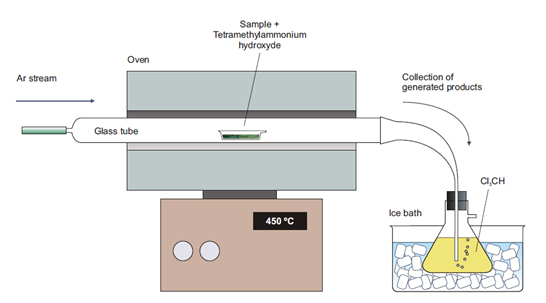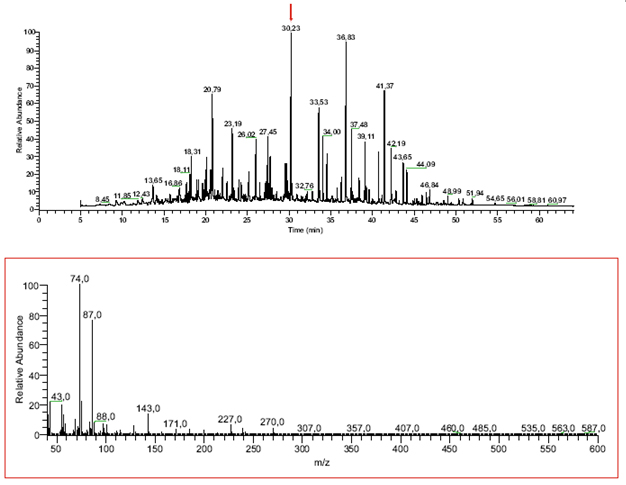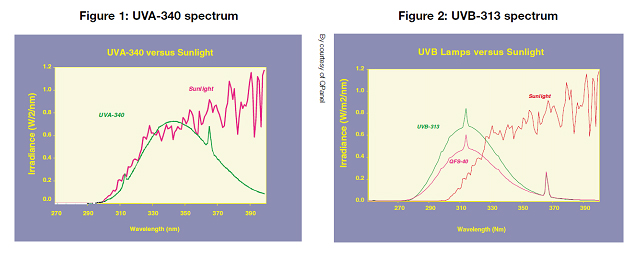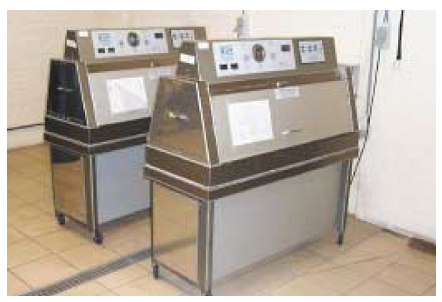Objectives:
- Study the effect of the different treatments on the main soil variables related to fertility, with focus on soil organic matter (SOM), nitrogen and phosphorus.
- Assess how the treatments affect the main biochemical features of SOM, with focus on the behaviour of specific organic components derived from the novel techniques.
- Evaluate the durability and stability of the mulching materials and the soil conditioner polymers functionality after usage in field trials.
Tasks:
How. Two main approaches are applied:
a) Evaluating changes in the proportion of labile, recalcitrant and inert fractions of soil organic matter. An acid hydrolysis approach is applied, in which soil samples are subjected to a sequence of extractions and hydrolysis (Fig. 1). The extractions, progressively harder, reflect the status of soil organic matter as to their lability: most labile compounds are extracted or hydrolyzed first, while those remaining at the end of the procedure are those highly insoluble, recalcitrant polymers, much less prone to be attacked by soil microflora and therefore to be used as substrate for carbon or energy.
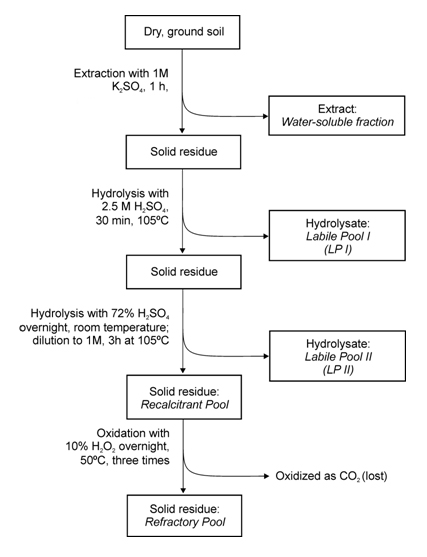
Figure 1. Successive extractions / hydrolysis applied to quantify labile and recalcitrant fractions of soil organic matter.
b) Through the study of biochemical composition of soil organic matter, obtained by thermochemolysis with tetramethylammonium hydroxyde (TMAH). By this method, soil organic matter is subjected to a chemical thermolysis with TMAH under hot conditions in an inert atmosphere of N2 or Ar, and the products generated by this treatment are collected in cold chloroform (Fig. 2). After drying, these products are injected into a gas chromatography – mass spectrometry system, where they can be identified and quantified.
The obtained chromatogram (Fig. 3) involves a high number of detected compounds, and gives a panoramic view of the composition of soil organic matter. The particular usefulness of this procedure is that it allows detecting chemical compounds of either microbial- or plant origin: the proportion between them is an indicator of the degree of microbial reworking of organic matter along the decomposition process, thus an index of intensity of microbial activity.
Since water availability is the main limiting factor for microbial activity, an increased index of microbial reworking is expected as a result of the treatments applied, at least in the long term.
In order to estimate the service life of both novel and reference groundcovers a network of 3 mulch degradation trials was installed in Semiarid, Mediterranean Humid and Montane conditions. Each trial consists on 10 models of each gorundcover.
Groundcover degradation over time is evaluated at 6-month intervals (6, 12 & 18 months outdoors). Each time, 1 sample per groundcover model is removed from the test site and sent to the research centres for evaluation. Simultaneously, a set of units kept indoors are evaluated, in order to have a value of reference.
The materials are evaluated:
• Visually: materials are assessed visually for damage such as cracks, holes, deformation (shrinkage), thermal damage due to melting. Also damage due to birds, rodents or animals is registered.
• Handling: materials are manipulated with small forces to evaluate if a considerable shift in stiffness, brittleness, etc. is observed.
• Mechanical analysis: samples that are still sufficiently intact are tested for mechanical properties. Especially ultimate strength and elongation at break are evaluated according to relevant standards for the specific products (foil, woven cloth, rubber mats and injected plates).
Changes in properties are reported as percentage of reduction in function of time, unless a too harsh degradation is observed and handling for clamping the materials in test apparatus is no longer possible. Once products reach this level of degradation is is concluded that the groundcover is at its end of service life.
Artificial weathering
In addition to the field trials artificial weathering conditions are applied to the same set of materials. Q-UV test methodology using UVA and/or UVB illumination (ISO 4892-3) (see included figures) is applied to the samples. The respective spectra of the light from UVA and UVB are presented below. Light intensity in both cases is 0.76 W/m². In addition to the illumination, also temperature is raised to 60°C during the 4 h illumination cycle and 50°C during the 4 hour dark cycle. The humidity in the test chamber is high resulting from water condensation on the samples during the dark cycle period.
After illumination at 500, 1000, 1500 or 2000 hours, the corresponding mechanical analysis is performed in order to assess the degradation in properties. According to this procedure the durability of groundcovers during real life field tests along with artificial durability tests will be reported at the end of the evaluation period.




